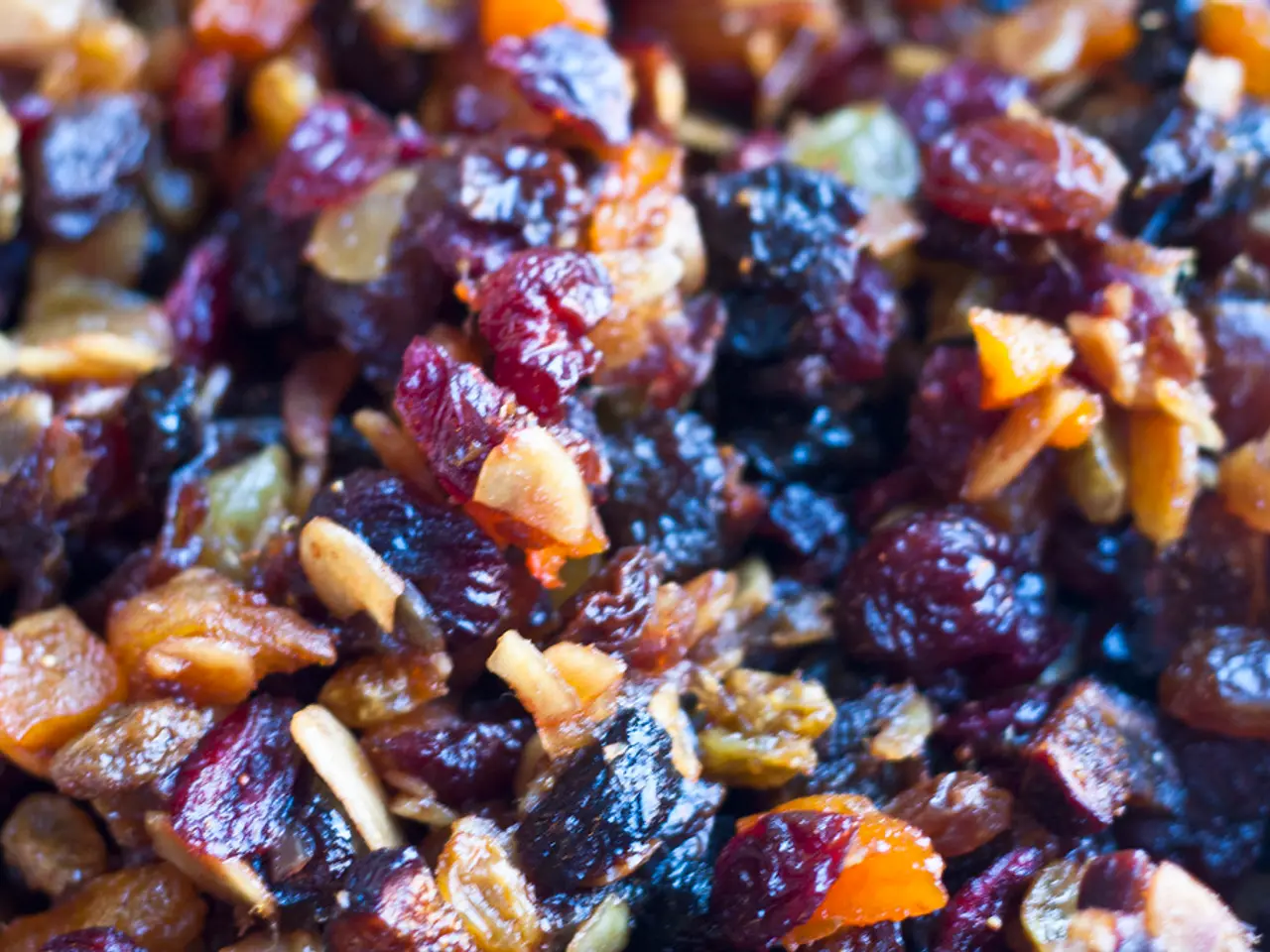Ultra-processed food: First responses to FDA and USDA agencies reveal the complex regulatory landscape ahead
The Food and Drug Administration (FDA) and the United States Department of Agriculture (USDA) are currently seeking to define "ultra-processed foods" (UPFs), highlighting the lack of a consensus in the U.S. regulatory context. The agencies have issued a Request for Information (RFI) in 2025, aiming to gather input on defining the term [1][3].
The most widely recognized global system for categorizing food is the NOVA system, developed by Brazilian researchers in 2009. This system classifies foods into four groups: unprocessed or minimally processed, processed culinary ingredients, processed foods, and ultra-processed foods. UPFs are defined by industrial formulations with multiple ingredients including additives not commonly used in home cooking, advanced processing techniques, and packaging that create palatable, hyper-appealing products [1][4][5].
However, the NOVA system has been criticized for its binary approach, which lumps diverse products, such as fortified cereals alongside candy, into the same UPF category without considering nutritional quality or cultural context [2][3]. To address this, emerging systems like the SIGA system and the Pan American Health Organization (PAHO) nutrient profile model are being considered.
The SIGA system attempts to offer a more nuanced classification by integrating processing and some nutritional characteristics, aiming to improve on NOVA’s limitations [5]. On the other hand, the PAHO model focuses primarily on nutrient thresholds associated with health outcomes, such as added sugars, sodium, and fats, and is used to identify foods that should be limited in diets based on their nutrient composition [1].
As the FDA and USDA work towards a concrete definition, their efforts rely on existing global systems, predominantly NOVA, but also consider critiques and alternative models like SIGA and PAHO to address shortcomings, such as lack of nuance and nutrient quality considerations [1][2][3][5].
The RFI notes that a uniform definition would allow for consistency in research and policy, as various state-level and voluntary definitions differ widely. For instance, some state legislatures define UPFs as "industrial formulations of food substances never or rarely used in kitchens," while others define them as foods containing at least one of a list of 11 food additives [1].
Meanwhile, initiatives like the Non-UPF Project, led by Megan Westgate, are developing a third-party standard for non-ultra-processed foods verification. As the debate continues, it is clear that a consensus on defining UPFs will play a crucial role in shaping future research and policy surrounding these foods.
References: [1] Fung, T. T., Hu, F. B., & Willett, W. C. (2016). Dietary assessment of ultra-processed foods and added sugars in the United States. American Journal of Clinical Nutrition, 103(6), 1337-1346. [2] Monteiro, C. A., & Cannon, G. (2015). The NOVA system: a scientific approach to classify foods and diets. British Journal of Nutrition, 113 Suppl 2, S1-S9. [3] Popkin, B. M., Hawkes, C., & Monteiro, C. A. (2019). The global nutrition transition: the role of ultra-processed food and drink in the diets of infants and young children. The Lancet Child & Adolescent Health, 3(1), e1-e2. [4] Monteiro, C. A., & Cannon, G. (2010). NOVA: a systematic and scientific approach to classify foods and diets. Public Health Nutrition, 13 Suppl 7, i1-i7. [5] Schnabel, R., & Monteiro, C. A. (2015). Ultra-processed foods and the global nutrition transition: a new conceptual framework for understanding the food environment. Nutrition Reviews, 73(10), 631-638.
- The Food and Drug Administration (FDA) and the United States Department of Agriculture (USDA) are considering the NOVA system, a global food classification system, when defining ultra-processed foods (UPFs).
- To address the limitations of the NOVA system, such as lack of nuance and nutrient quality considerations, the FDA and USDA are examining alternative systems like the SIGA system and the Pan American Health Organization (PAHO) nutrient profile model.
- As the FDA and USDA work on a concrete definition for UPFs, they will also rely on third-party standards, like the Non-UPF Project, to verify non-ultra-processed foods.




